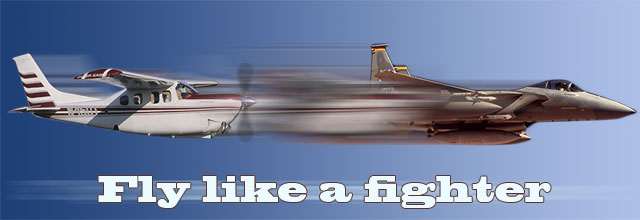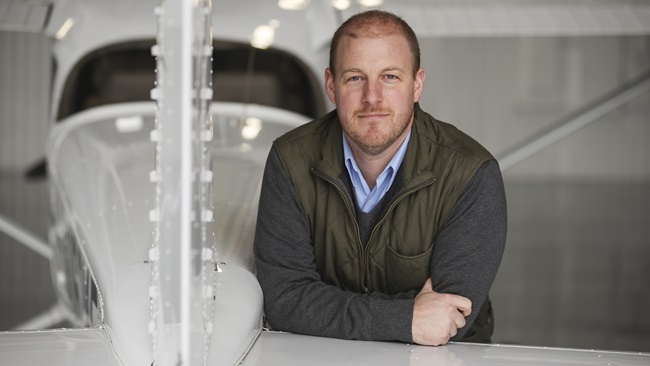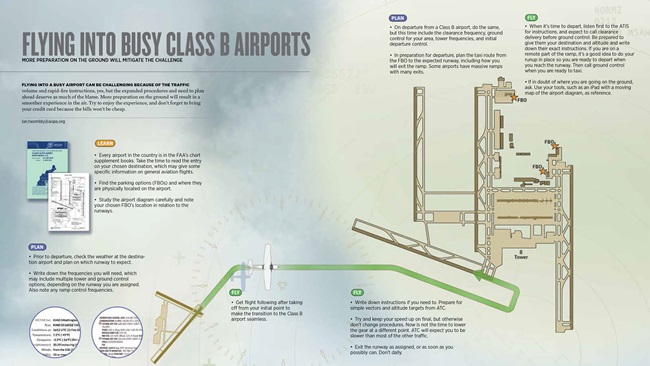
Someone recently asked me if the scene from Top Gun that features the line “I’m gonna hit the brakes, he’ll fly right by” is actually possible. In the scene, Maverick and Merlin have a bandit on their tail. Maverick slows down to draw the bandit in closer, then does an abrupt pull up to slow down rapidly and force the bandit to fly in front of him—where a missile shot quickly ends the fight. The answer is yes, it is possible—but not exactly the way Hollywood needed to film it.

Starting about 450 knots in the F-15 and a mile of separation away from an attacker, I would pull power to idle as I executed a maximum G break turn into the bandit. Swept wings are great for reducing high-speed drag, but a penalty is a steeper drag curve at increased angle of attack (AOA). In short order my jet would slow to below 300 knots, where I would light the afterburners to try and catch my speed before it got below 250 knots. At this point the attacker would have 200 knots of overtake and hopefully fly right by. This maneuver worked against newer pilots. I didn’t try it against the experienced ones.
Fighter aircraft have other interesting aerodynamic traits. The energy state of the wing provides feedback to the pilot by the amount of “burble” or “rumble” at slower speeds. This is essentially related to the angle of attack and is caused by airflow separation that can be felt and heard in the cockpit. Flying an optimum turn at a moderate G, we could analyze the rumble to roughly feel whether we were gaining, maintaining, or losing energy. At higher G loads (AOA) and slower speeds in a dogfight, the whole airplane felt like it was going to shake itself apart. (Just search YouTube for in-cockpit video during a dogfight at slow speed and you will see.)
This concept was part of our stall training in the T-38. At final approach speed, in addition to monitoring the AOA gauge, pilots were taught to feel for the “light tickle” on the wings. Anything more meant the jet was increasing AOA and potentially approaching a stall. In the traffic pattern, the jet was always talking to us.
Now that I fly a straight-wing Cessna, I am very cognizant that I don’t have the airplane talking to me in the pattern. Even during stall training at altitude, it is a bit disconcerting to note that my wing barely produces any rumble immediately before the stall horn blares and the wing loses lift at the stall. In our airplanes, if you are going to wait for a stall horn or rumble on the wing to correct your situation in the traffic pattern, then you just might be too late.
I do have some suggestions in the pattern:
- Closely monitor your speed. It should be a high-priority item in your crosscheck and monitored more often than most other tasks.
- Keep the ball centered. If you do get into a stall situation at low altitude, coordinated flight will help avoid an even worse spin situation.
- Seriously consider installing an AOA gauge in your airplane.
AOA gauges aren’t a common item in small airplanes right now. The iPad used to be the same way, and was the topic of many aviation articles that were written with cautious skepticism. Now iPads are used in aircraft cockpits ranging from Super Cubs to Boeing 787s. Hopefully general aviation can embrace the AOA gauge in similar fashion and see the benefits it has to offer.
Larry Brown of Denton, Texas, is a retired U.S. Air Force F-15 pilot who is using the lessons he learned as a fighter pilot as a GA pilot in his Cessna P210. Brown, who has 2,900 hours total time during his 35 years of flying, also was an instructor pilot and flight examiner in the Air Force T-38 and instructor pilot in the T-52, the military’s version of GA’s Diamond DA40. See previous installments of “Fly like a fighter”.



